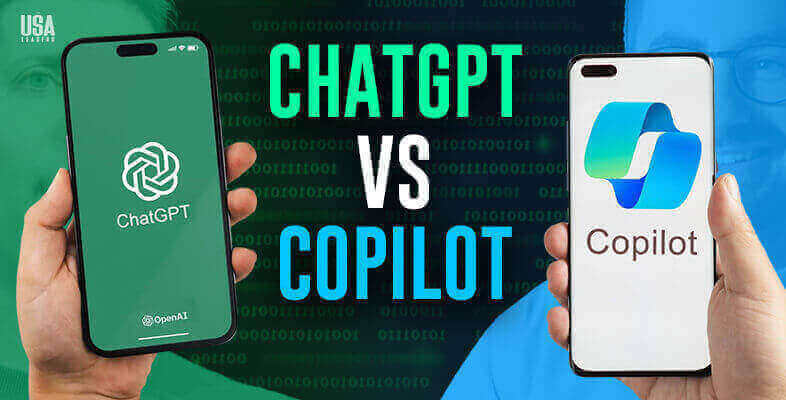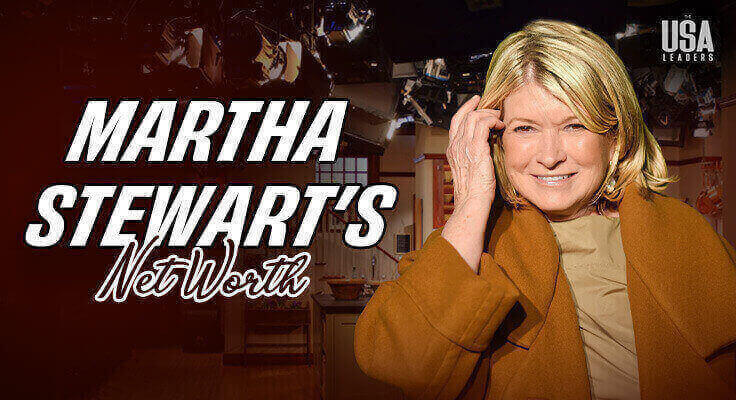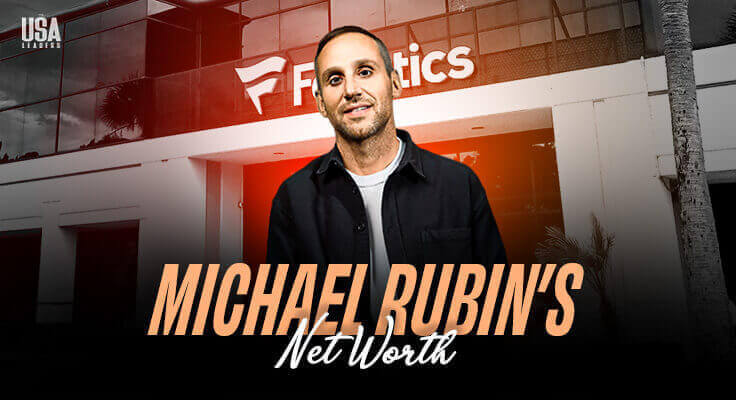Americans are abandoning traditional banking at record rates. Not because they’re stuffing cash under mattresses, but because their phones have become their banks. The shift happened gradually, then suddenly. One day, people were writing checks, the next they were splitting dinner bills with Venmo and buying coffee with Apple Pay. Now, entire financial lives exist inside apps, never touching a physical bank or even a website.
The Death of Desktop Banking
Chase reported that 82% of their customers now use mobile banking primarily. That’s not just checking balances. People are applying for mortgages on their phones during lunch breaks. They’re investing in stocks while waiting for the subway. Desktop banking isn’t dead yet, but it’s on life support.
The numbers tell the story. Mobile payment volume hit $1.2 trillion in 2023. By 2025, analysts expect that figure to double. Meanwhile, bank branch visits dropped 40% over the past five years. Wells Fargo closed 329 branches last year alone. Bank of America shuttered another 203. These aren’t temporary closures. The buildings are being sold, converted to coffee shops and yoga studios.
What’s driving this? Convenience plays a part, sure. But there’s something deeper happening. The generation that grew up with smartphones doesn’t see apps as an alternative to banking. Apps ARE banking to them. The idea of driving to a physical location to deposit a check seems as outdated as using a rotary phone.
Payment Apps Became Everything Apps
Venmo started as a way to split restaurant bills. Now people use it to pay rent, buy crypto, and even shop online. The app handles over $244 billion in payment volume annually. That’s not friend-to-friend beer money anymore. That’s serious financial infrastructure.
Cash App took this even further. What began as Square’s peer-to-peer payment tool morphed into something resembling a whole bank. Users can receive direct deposits, trade stocks, buy Bitcoin, and get physical debit cards. The platform serves 53 million monthly active users who treat it as their primary financial service. The app’s reach extends into online entertainment, too.
Learning how to deposit using Cash App for online gaming and casino platforms has become increasingly common as more sites accept it as a payment method. This integration into every corner of digital commerce shows how these apps aren’t just replacing checks and cash; they’re becoming the default way Americans interact with money online.
PayPal owns Venmo but runs its own parallel universe. The platform processes over $1.36 trillion in total payment volume annually. That’s more than the GDP of Spain. PayPal offers credit lines, savings accounts, cryptocurrency trading, and business services. For millions of Americans, particularly those running small businesses or side hustles, PayPal IS their financial institution.
Then there’s Zelle, the banks’ answer to Venmo. Integrated directly into most major banking apps, Zelle moved $629 billion in 2023. That’s more than Venmo and Cash App combined. The difference? Zelle transfers happen instantly between bank accounts. No waiting period. No transfer fees. Banks pushed Zelle hard because they saw Venmo eating their lunch. Now Zelle processes more volume than any other P2P platform in America.
Traditional Banks Play Catch-Up
Banks noticed their customers disappearing into apps and panicked. JPMorgan Chase spent $12 billion on technology in 2023. Most of that went toward mobile development. Their CEO Jamie Dimon calls it an “existential necessity.”
Bank of America’s Erica, their AI assistant, handled 1.5 billion client interactions last year. That’s not just balance inquiries. Erica helps with budgeting, finds subscription charges users forgot about, and even warns when accounts might overdraft. The bot handles more customer interactions than all of BofA’s call centers combined.
Capital One went further, closing all physical branches except for a handful of “café” locations. They’re betting everything on being a technology company that happens to have a banking license. Their app includes features like virtual card numbers for online shopping and price tracking for purchases. They’re trying to make traditional banking feel as seamless as Venmo.
The Unbanked Found Their Answer
For years, politicians and nonprofits worried about the “unbanked”, people without access to traditional financial services. Turns out, the solution wasn’t getting them bank accounts. It was giving them smartphones.
Cash App reports that 13% of its users don’t have traditional bank accounts. For them, Cash App isn’t a convenience. It’s their entire financial system. They receive paychecks through direct deposit, pay bills, send money to family, and store savings, all without ever setting foot in a bank.
The numbers are staggering. Approximately 5.9 million U.S. households are completely unbanked. Another 18.7 million are “underbanked,” meaning they have accounts but rely primarily on alternative financial services. Payment apps captured this market by removing barriers. No minimum balances. No overdraft fees (mostly). No credit checks. Just download an app and start moving money.
This shift has real consequences. Check-cashing stores are closing. Payday lenders are losing customers to app-based wage advance features. Western Union’s domestic money transfer business is shrinking. An entire predatory industry built on serving the unbanked is being disrupted by apps that do the same thing better, faster, and cheaper.
Security Trade-offs Nobody Mentions
The convenience comes with risks that users either don’t understand or choose to ignore. Payment apps aren’t banks. They’re not FDIC insured (unless users specifically opt into partner bank programs). When Cash App or Venmo goes down, there’s no branch to visit, no manager to complain to.
Fraud is rampant. The FTC received 70,000 complaints about payment app fraud in 2023, with losses exceeding $210 million. That’s just reported cases. Most small frauds go unreported because users don’t know where to complain or assume it’s the cost of convenience.
Banks have spent decades building fraud detection systems. They’re required by law to reimburse unauthorized transactions. Payment apps? Different story. Their terms of service put most fraud liability on users. The protections consumers expect from banks don’t automatically apply to payment apps.
What Happens Next
Traditional banks face a choice: become technology companies or become obsolete. Some will make the transition. Others will merge or fail. The survivors will look nothing like banks today. Physical branches will become novelties, like bookstores or record shops – quaint reminders of how things used to be.
Also Read: Essential Banking Tips for New LLC Owners Starting Out





















